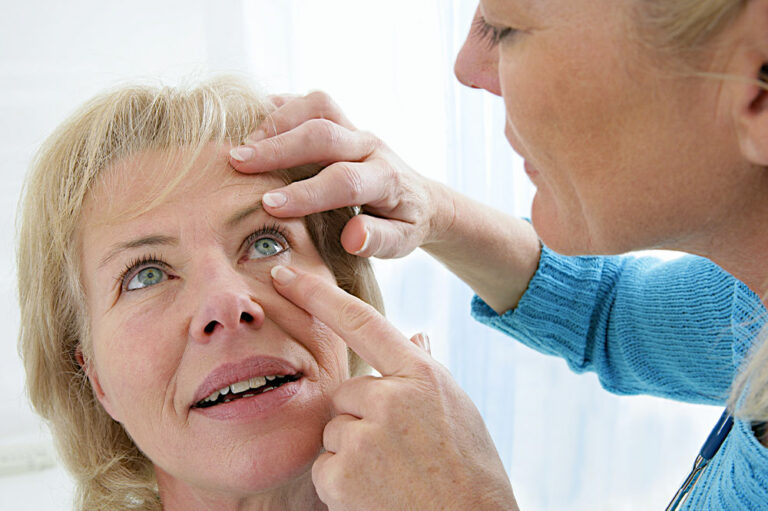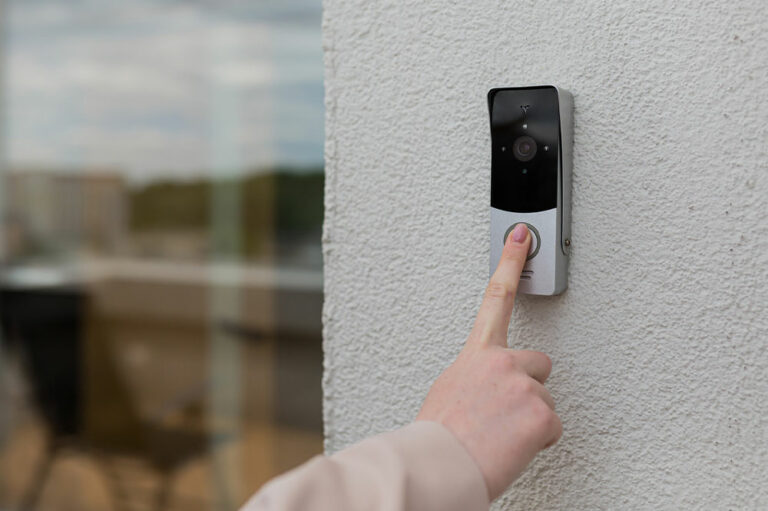
9 warning signs of prurigo nodularis
Prurigo nodularis is a type of disease that causes firm bumps or nodules on the skin. It is usually associated with other underlying skin issues, insect bites, bacterial infections, or health concerns like HIV, kidney failure, liver or thyroid disease, or even diabetes. Although more common in adults in the 40–69 age group, it can affect people of all ages. But, the condition is treatable, and recognizing its symptoms can help make the management easier.
Warning signs
Prurigo nodularis is not a hereditary or contagious disease. It affects both males and females, causing skin issues in one or more parts of the body . To avoid complications , it is important to recognize and address these signs as soon as one notices them.
1. Bumps on the skin
One of the most obvious signs of prurigo nodularis is bumps on the skin. The bumps are usually thick, dry, and crusty on the top and can itch quite often, even at night, which can disrupt sleep. The number of bumps can vary, and one may find them scattered across the body or in just certain patches of skin. The size of nodules can range from a few millimeters to more than three centimeters across, which is about 0.2–1.2 inches. The bumps may either last for a long time without any size reduction or subside and develop repeatedly. This sign is usually observed in some easy-to-scratch areas like the abdomen, arms, legs, soles of the feet, shoulders, and scalp. It can also affect the upper and lower back and buttocks.
2. Skin discoloration
The nodules associated with prurigo nodularis are usually the same color as the skin or may turn light pink, dark red, brown, or black. Over time, the skin around the nodules may seem discolored due to chronic scratching and inflammation.
3. Scarring
When nodules develop, they can last for months or even years. While they can often be flat, once they begin to fade, they might leave scars that are either darker or lighter than the surrounding patches of skin. Also, the itching, bumps, and scars can take longer to clear without proper treatment.
4. Itching
Those dealing with prurigo nodularis often complain of severe itching in areas that are most affected . This often leads to disturbed or incomplete sleep and daytime sleepiness. If one scratches the itchy patches of skin excessively, they are also likely to experience bleeding or scarring. So, it is important to avoid scratching as much as possible. Appropriate dermatological treatment can help one manage or reduce itchiness.
Itchy skin is a common issue under other circumstances, like wearing woolen clothes or experiencing an allergic reaction to detergents or some skin care products. But, the sign should not be ignored if it persists and is accompanied by other prurigo nodularis symptoms.
5. Ulceration
Some nodules may become ulcers, i.e., following excessive scratching, they can turn into open sores and heighten the risk of infection. These ulcers compromise the skin’s protective barrier and give easy access to bacteria, viruses, and fungi to enter and cause secondary infections on the skin . Intense scratching can also break the skin barrier without causing an ulcer. This can also make the skin vulnerable to infections, slowing down the healing process and causing pain.
6. Pain and tenderness
Apart from itching, the nodules can become painful and tender to touch, especially due to scratching. This pain can interfere with daily routine and make the condition more difficult to manage.
7. Crusting and oozing
At times , nodules can turn into open sores and cause crusting and oozing in the affected areas. The bumps may also be crusty or scaly, to begin with. Also, persistent scratching breaks the skin and makes it even more susceptible to infections that can lead to fluid discharge in these areas.
8. Burning or stinging sensation
Modules can become inflamed, irritating and stimulating the nerve endings on the skin. This often results in a burning or stinging sensation in the affected areas.
9. Sleep-related issues
Scratching or discomfort associated with prurigo nodularis can negatively affect the sleep cycle. The need to scratch can make it difficult to fall or stay asleep , which can lead to fatigue , affecting overall well-being.
The early signs of prurigo nodularis can vary in terms of intensity of discomfort and visibility from person to person. So, it is important for one to be vigilant about any unusual changes on the skin. In the early stages, the nodules can be quite small or just beginning to develop. Upon noticing such uneven skin texture, as minor as it seems, one should immediately consult a health professional and get it examined. A timely diagnosis and a personalized treatment plan can help slow down the growth of these nodules and ensure that the condition doesn’t worsen. Also, by getting all skin issues examined in time, one can learn about any health conditions they might have that are known to increase the risk of prurigo nodularis or other skin issues. Then, one may be able to watch out for the warning signs and address them as soon as possible.







